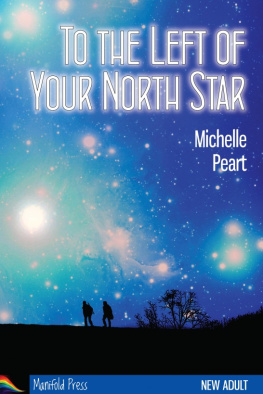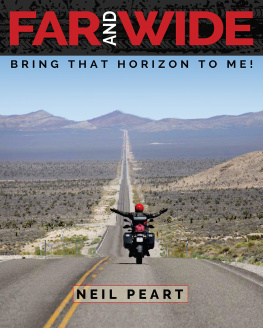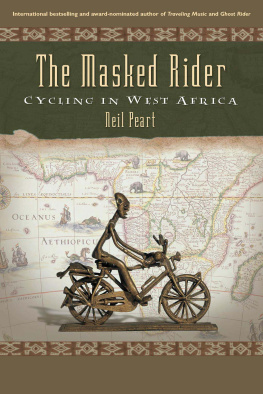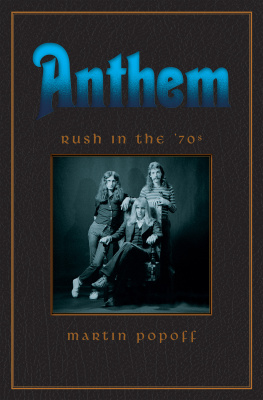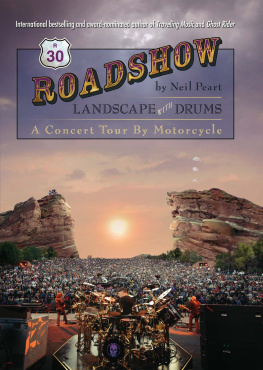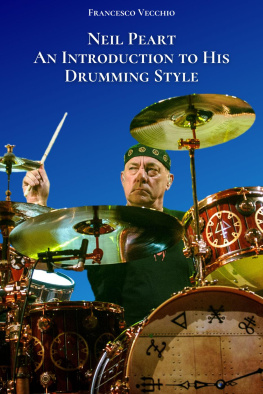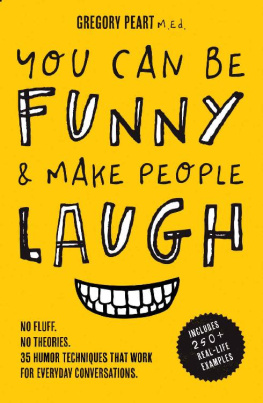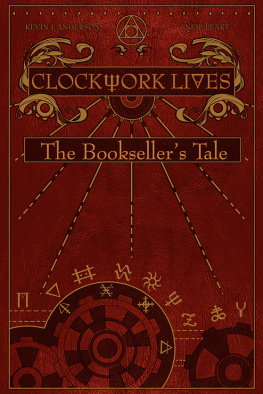
ON DAYS LIKE THESE
INTRO
LIKE THE FIRST VOLUME in this series, Far and Away: A Prize Every Time , these stories grew over three years of my life, work, and travels. Likewise, the manner of relating them, the voice, still aims at the feeling that someone you know took the time and care to write the best letter he couldto share his life, work, and travels.
Several thoughts along those lines have come my way recently. One was the inventive short-story writer George Saunders, who defined the difference between all the informal writing that fills our world (and its ether) and what he could only call literary writing. His was a one-word distinction: Revision.
An avant-garde fictionist from an earlier generation, David Markson, never owned a computer, right up to his death in 2010, at age eighty-two. As reported in the New York Times , during a late-life correspondence with a younger poet, Laura Sims, she printed out and mailed him some of the online comments about his work. Though they all intended admiration, Mr. Markson was not impressed.
Hey, thank you for all that blog stuff, but forgive me if after a nine-minute glance I have torn it all up, he wrote back. I bless your furry little heart, but please dont send any more. In spite of the lost conveniences, I am all the more glad I dont have a computer. HOW CAN PEOPLE LIVE IN THAT FIRST-DRAFT WORLD? Later he wrote: I have just taken the sheets out of the trash basket and torn them into even smaller pieces.
Both authors were talking about the simple act of taking care, of offering any potential reader plain courtesy . Judging from the online chatter they both decried (this reporters number one rule: Dont Read the Comments!), many people find sloppy writing genuinely offensive, an assault on ones eyes and brain while trying so hard to absorb meaning .
Carelessness is obvious, but care is better if its not, as per the Roman poet Ovid: If the art is concealed, it succeeds. When I am asked about the technical aspects of drumming or lyric writing, it is possible to get analytical, but only for professional, academic purposes. For the real audience, the listeners and readers who find pleasure in my music, lyrics, and stories, they dont need to be aware of flams and paradiddles, intricate rhyming schemes, and elaborate metaphors. The underlying quality I would like them to sense in a Rush song, a concert, or one of my stories is simply that Care has been taken here.
That could be a decent metaphor for lifeinvesting your time with care, selectively, to the work, play, and people sharing your life. Also investing that time with care emotionally doing those things, living those things, as well as you can, for yourself or for others.
In helping me to take care, I am greatly indebted to my brother Danny for editing feedback and encouragement (symbiotic nepotism, I call it) on most of these stories. Jen Knoch at ECW also shared editorial qualities I define as devoted and trustworthy, and I will always benefit from the earlier guidance of Paul McCarthy.
A notable upgrade in this second volume is that my motorcycling partners Michael and Brutus both stepped up to SLR cameras during this period. I continued to learn what made a good photo setup, taking note of scenery, light, traffic, the absence of ugly intrusions like powerlines and guardrails, that sort of thing, and directed them. (There was some grumbling about always having to climb hills for the overview I wanted, but they eventually appreciated the results.) Together we ended up with a much richer choice of images to illustrate these tales, and in another form of revision, friend Craiggie helped fine-tune them in his digital darkroom.
My drive to write and revise with such care is always based on a wish to share as deeply as possible what it was like to live on days like thesethese places, these experiences, these people. Few activities in my life seem more important than finding a way to put life into words and pictures. Sharing all that in a letter to a friend as well as I can gives me a clear vision of where Im aimingat you , dear reader.
After publishing Roadshow in 2006, I received a letter from a motorcyclist in Georgia who was inspired by my quest for the national park passport stamps. He wasnt able to roam that far himself, but he was creativeover a series of weekend trips, he and his riding buddy decided to collect all of the state parks in Georgia. He wrote humorously about tracking down bemused staff members in each park to give them some kind of documentationeven a check-canceling stamp.
If any readers are inspired that way, to set out on their own little shunpikers quests, that is high praise indeed. I hope you will enjoy these stories half as much as I enjoyed the journeys, and will treasure your own even more.
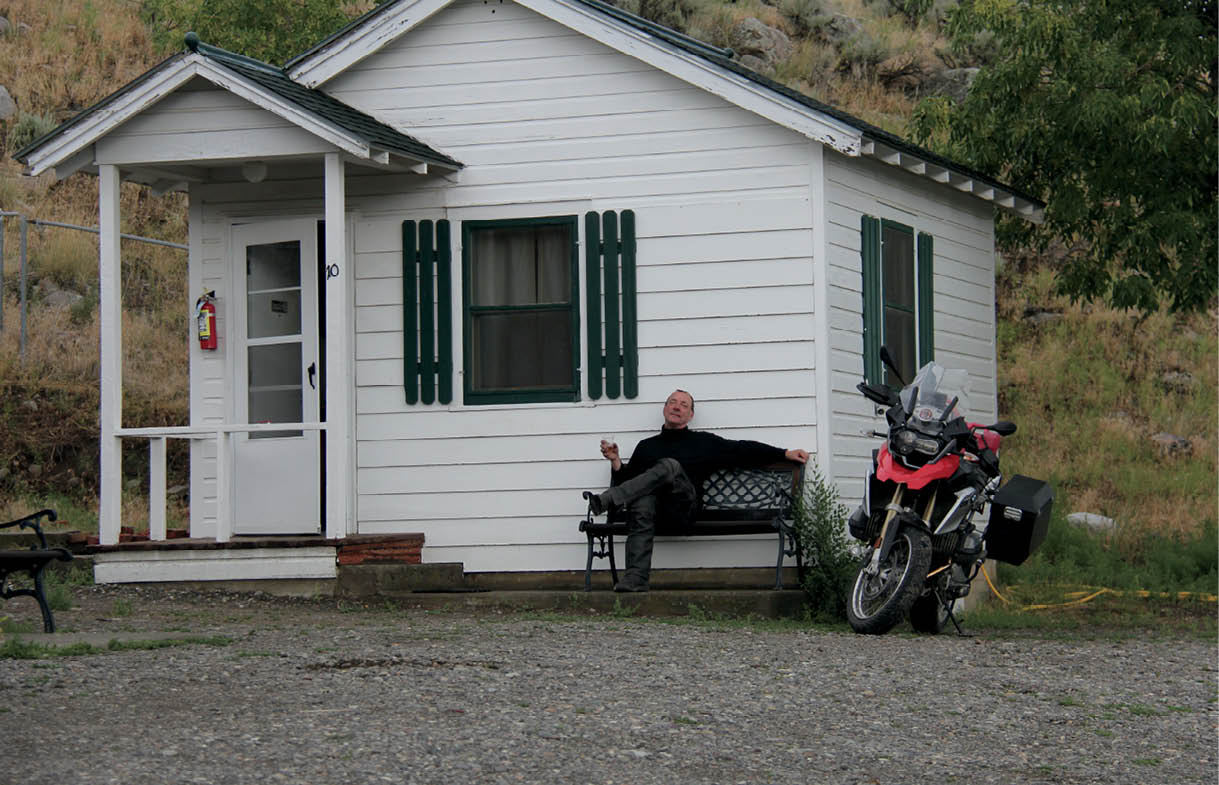
Riders repose, Gardiner, Montana

TALKING DRUMS IN DEATH VALLEY
FEBRUARY 2011
THE SETTING OF THE OPENING PHOTOGRAPH is Death Valley National Park, California, near the site called Natural Bridge. The snow-topped Panamint Mountains form the backdrop, while I am gesticulating and (no doubt) pontificating in the middle, surrounded by the people and cameras of the Hudson Music crew. The subject of my little speech was drummingspecifically, drumming in front of an audience.
So that explains the title, but suggests a number of other questions. Starting with, I suppose, Um why?
Well, it started in 1995, when I made an instructional video about composing drum parts and recording them, called A Work in Progress . My collaborators on that project were Paul Siegel and Rob Wallis, and we had enjoyed working together, sharing our ideas and realizing them on film. Paul and Rob were both drummers who had gravitated to the educational side, founding the Drummers Collective in New York City, then later Hudson Music, to make instructional DVDs. They were around the same age as my bandmates and me, and likewise had enjoyed a long, productive partnership of close to the same duration, so we understood one another.
In 2005, the three of us made another instructional video (this time straight to DVD), Anatomy of a Drum Solo , which investigated the title subject, based around my solo from the R30 tour. That solo had been filmed and recorded in Frankfurt, Germany, and thus was titled Der Trommler (the drummer). (On Rush in Rio , it was O Baterista! while the Snakes and Arrows version, filmed in Rotterdam, was Die Slagwerker.)
The theme for our next collaboration seemed obvious: live performance, preparing for it and surviving it. In early 2010, we began collecting material, now augmented by a new member of the Hudson Music team, Joe Bergamini. Jobee is a drummer well schooled in several fields, as well as an educator and journalist, and has been particularly successful in the orchestra pits of Broadwayfirst-call drummer for many of the hit shows, including such richly percussive and challenging scores as In the Heights . (I loved that show.) Jobee has a frighteningly detailed knowledge of my work, my methods and influences, and thus his inputs and questions were insightful and inspiring.


